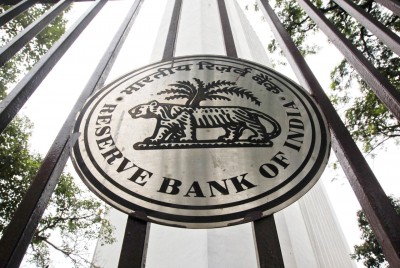New Delhi, Dec 30 : As banks clean up their balance sheets, a report by the Reserve Bank of India (RBI) shows decline in non-performing assets (NPA) in the last financial year was achieved largely on the back of write-offs.
The RBI data cited that both public and private sector banks wrote off NPAs worth over Rs 2.37 lakh crore.
The banks’ net NPA stood over Rs 2.89 lakh crore in 2019-20 as against Rs 3.55 lakh crore in 2018-19.
In terms of lenders, out of the total write-off of Rs 2.37 lakh crore loans, NPAs worth over Rs 1.78 lakh crore were written off by public sector banks, while private sector banks wrote off loans worth Rs 53,949 crore.
“The reduction in NPAs during the year was largely driven by write-offs,” said RBI’s Report on ‘Trend and Progress of Banking in India 2020’.
Besides, NPAs older than four years require 100 per cent provisioning and, therefore, banks may prefer to write them off, it noted.
Additionally, banks voluntarily write off NPAs in order to clean up their balance sheets, avail tax benefits and optimise the use of capital.
At the same time, borrowers of written-off loans remain liable for repayment.
As per the report, the quantum of gross NPAs of scheduled commercial banks (SCB) also declined for the second consecutive year.
Furthermore, with substantial increase in provisioning, the net NPA ratio of SCBs moderated to 2.8 per cent by end-March 2020.
According to the report, the net NPA ratio of SCBs further declined to 2.2 per cent by end-September 2020.
“With these developments, the share of standard assets in total advances increased in SCBs except for PVBs and SFBs during 2019-20,” it said.
Notably, the report pointed out that large borrowal accounts, with exposure of Rs 5 crore and above, constituted 79.8 per cent of NPAs and 53.7 per cent of total loans at end of September 2020.
During 2019-20, GNPA ratio of state-run banks as well as the ratio of restructured standard assets to total funded amounts emanating from larger borrowal accounts trended downwards.
On the contrary, private banks experienced an increasing share of NPAs in respect of such accounts.
The share of special mention accounts (SMA-0) witnessed a sharp rise in September 2020.
This may be an initial sign of stress after lifting of moratorium on August 31, 2020, said the report.
However, the share of other categories of SMAs — SMA-1 and SMA-2 — remained at a relatively lower level.
The RBI report also noted that Insolvency and Bankruptcy Code (IBC), under which recovery is incidental to rescue of companies, remained the dominant mode of recovery.
However, the Securitisation and Reconstruction of Financial Assets and Enforcement of Securities Interest Act, 2002 (SARFAESI) channel also emerged as a major mode of recovery in terms of the amount recovered as well as the recovery rate.
In addition, with the applicability of the SARFAESI Act extended to co-operative banks, recovery through this channel is expected to gain further traction, the report said.
“Going forward, insolvency outcomes will hinge around uncertainties relating to Covid-19,” the report said.
“The government has suspended any fresh initiation of insolvency proceedings in respect of defaults arising during one year commencing March 25, 2020 to shield companies impacted by Covid-19.”
Disclaimer: This story is auto-generated from IANS service.

